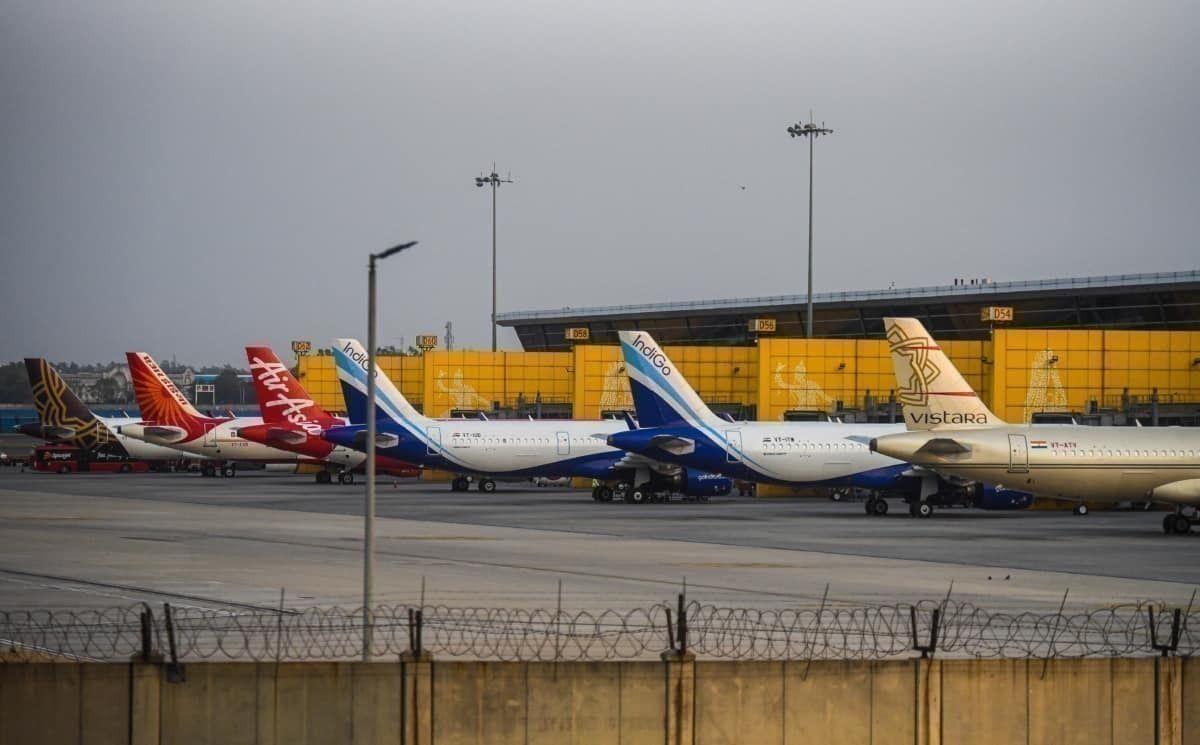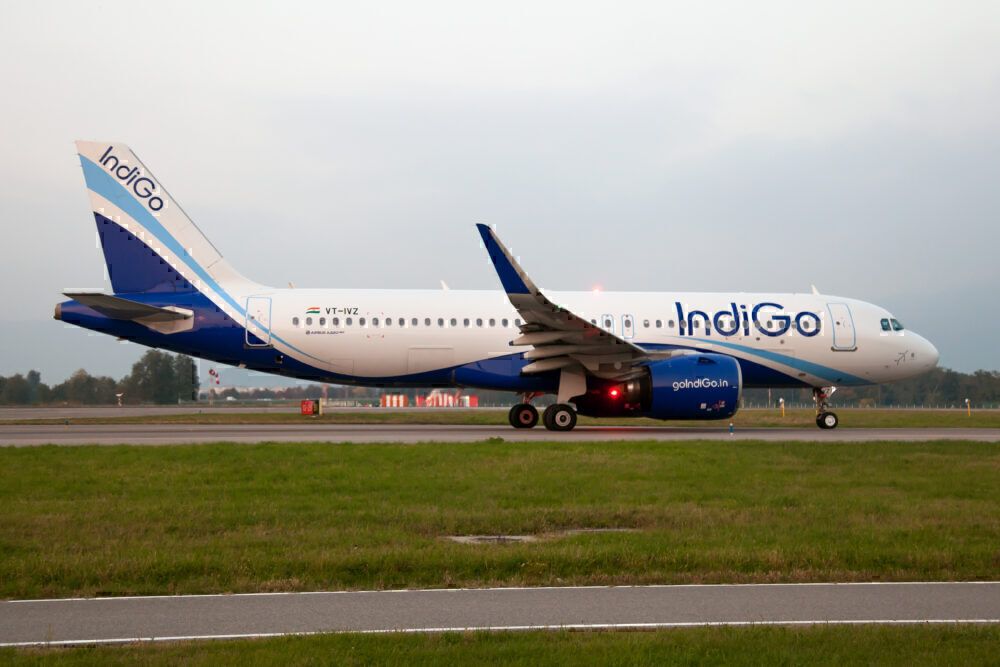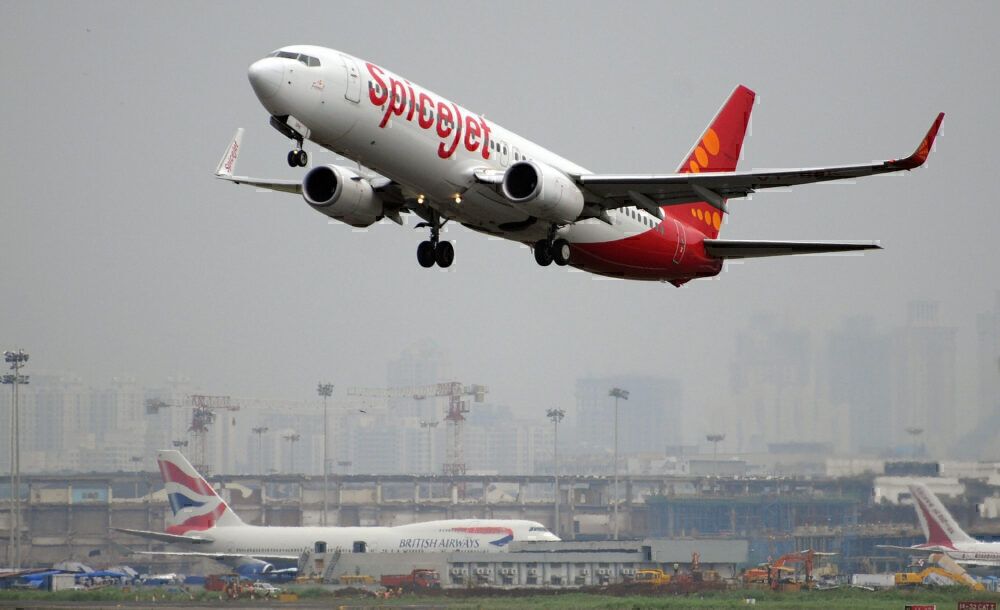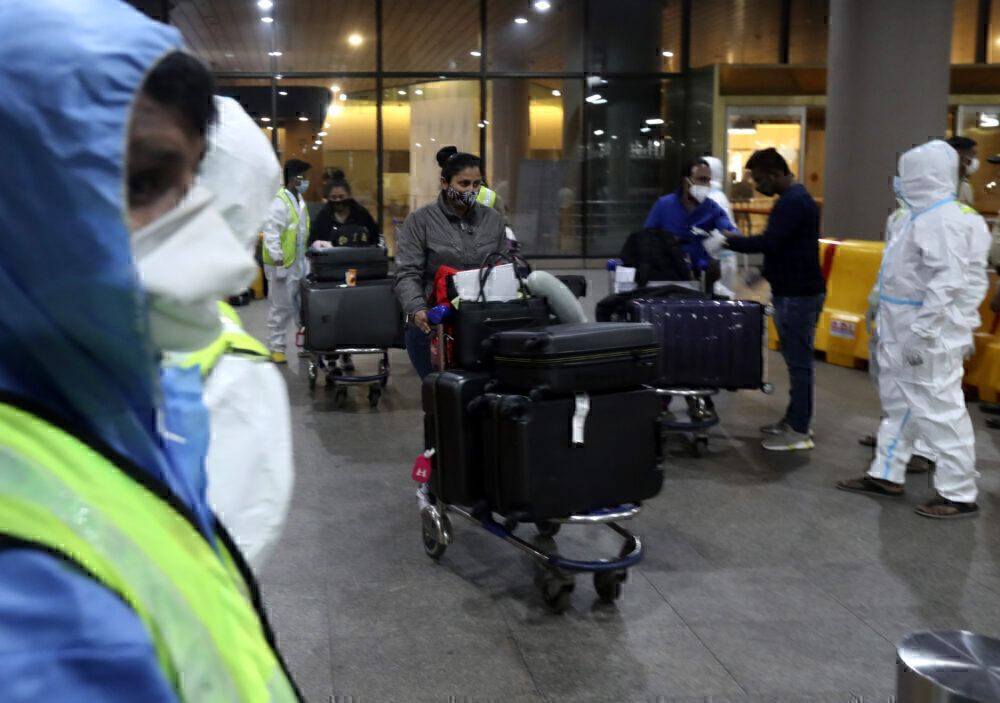India has officially announced the flight capacity allotments for the 2021 summer season. The 80% capacity limit is here to stay, for now, preventing airlines from making a full recovery in the coming months. So which airline came out on top with the allocation and who lost flights? Let's find out.
Released
India has officially announced the capacity schedule for the summer season, which lasts from 28th March to 31st October (the last Sundays). The government has authorized 18,843 weekly departures for the summer, offering 80% of the planned summer 2020 capacity. Overall, flights are down 23% compared to last summer (although the pandemic meant airlines could only operate 33-50% of their flights).
IndiGo comfortably leads the market when it comes to capacity. The airline will fly 8,749 weekly flights, representing 46% of all departures this summer. This figure is lower than IndiGo's current market share of 54% but is nevertheless enough capacity to operate all of its domestic routes and some international ones too.
A few new entrants have also received allocations. Startup airline flybig will fly 54 weekly flights this summer and will add new destinations to its network. Regional carriers like Star Air and TruJet have also come out ahead, with the former jumping from 87 to 115 weekly flights and the latter operating 344 flights.
Stay informed: Sign up for our daily and weekly aviation news digests.
Down
In terms of losses, SpiceJet has seen its capacity shrink considerably. The airline had gotten approval for 4,209 weekly flights in 2020 but is down to just 2,854 flights. This means the airline has lost 13% overall capacity this summer, the sharpest drop of any airline currently. SpiceJet remains the second-largest airline in the country, but the gap between it and IndiGo has only widened.
Air India has also emerged as a winner in this allocation, getting all 80% of its slots in 2020. This means the airline will fly 1,683 flights a week, which excludes Vande Bharat repatriation flights. Regional subsidiary Alliance Air has also received its full allocation and will fly 742 weekly flights with its all-ATR fleet.
GoAir will fly 1,747 flights every week this summer, down 10% from the previous year. The carrier has struggled financially and has recently announced plans to become an ultra-low-cost-carrier.
Vistara has also received its full schedule for the summer of 2021 and will fly 1,288 flights every week. This will mean maintaining a robust domestic schedule of 28 destinations alongside new long-haul routes to London and Frankfurt.
Precarious
While the summer flight allocations are closely watched to see which airline plans to expand, this year is different. The 80% cap on flights has lasted far longer than most expected, meaning that the domestic market is yet to make a full recovery. However, the more pressing issue remains the second wave of cases.
While the government has said that it will not cut down domestic flights due to rising cases, passenger traffic will suffer. If the second wave continues to grow, airlines might have to cut capacity or face deeper losses this quarter.
What do you think about 2021's summer allocation? Let us know in the comments!




